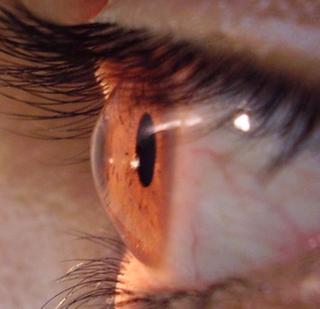 Sweden the ten patients.
Sweden the ten patients.The inquiry, in charge of a pair of Swedish and Canadian scientists and published yesterday in the medical magazine Science Translational Medicine, discloses that the córneas created in laboratory can stir up to the nerves and ocular fabrics damaged to be rehabilitated, restoring the vision in the human eye in the same way with that they make it the córneas of donors.
Córnea can be combined in the eye
“This clinical study it is important because, for the first time, sample that a córnea manufactured artificially can be combined in the human eye and stimulate the regeneration of fabrics”, it affirmed its main author, May Griffith, of the Institute of Inquiry of the Hospital of Otava, in Canada.
After the inquiry, the tax of complete success of the procedure between 112 voluntary sick people went up to around 76.6%.
For the scientists, the made biossintéticas córneas with colagénio (protein human being) are a hope for the sick people who need córnea transplants but that they do not have donors. Its implantation prevents some disadvantages associates to the fabric human regular, as the possible transmission of an illness on the part of the donor and the rejection.
The vision human being depends on the córnea, a transparent fabric film that has covered the surface of the eyes and that it refracts the light to focar the images in the retina. The film is fragile and can be become damaged easily due to a infeção or an unfastening.
It did not have rejection cases
The doctor May Griffith collaborated with the Swedish surgeon Per Fagerholm, of the University of Linköping, where if they had carried through the surgical interventions. Fagerholm and its colleagues had removed the fabric affected of the córneas of one of the eyes of ten sick people and had substituted them for biossintéticos implantations. The doctors had followed the evolution of the patients during two years the surgery and had after observed that the nine cells and nerves of ten sick people had come back to grow and to involve the eye completely.
In general, the vision improved in six of ten operated patients e, after having to them been placed contact lenses, all had had a vision equivalent to the conventional transplant of human córnea with fabric. The sick people had not rejected the implantation.
The loss of the vision due the illness or injury in the córnea more than reaches ten million people in the world. The lack of córnea donors has been one of the great concerns of the doctors.



No comments:
Post a Comment
Note: Only a member of this blog may post a comment.